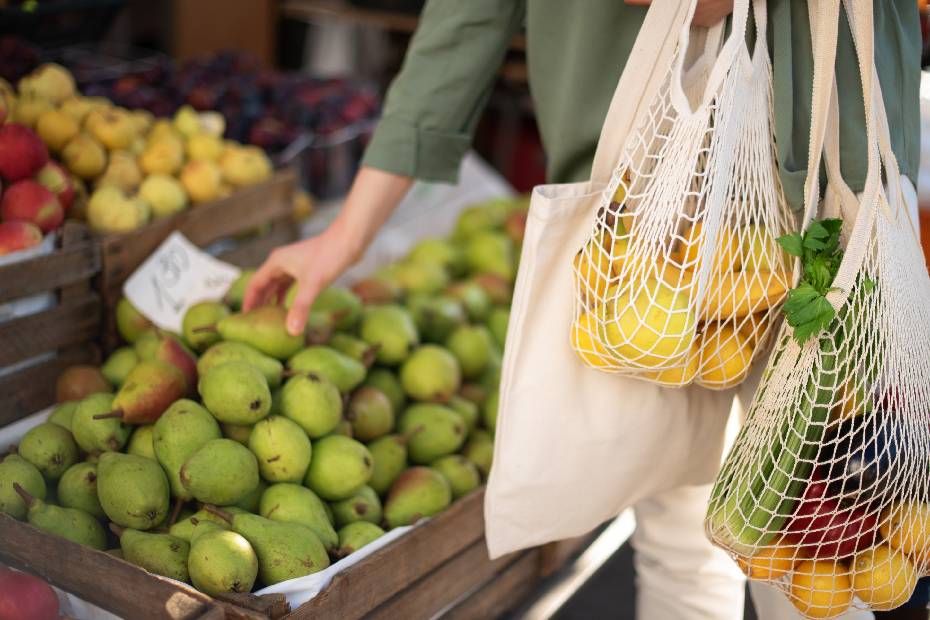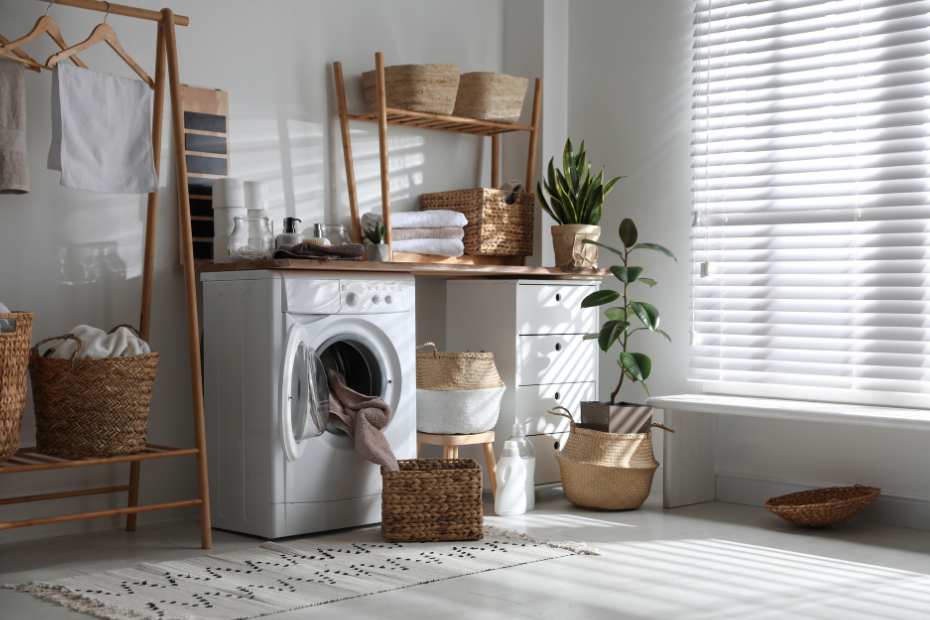Published April 17, 2023 • 4 Min Read
And while recycling programs can help, the OECD found that only nine percent of the world’s plastic waste is effectively recycled, with Canada even lower at six percent, and the majority of Canadian plastics (82 percent) ending up in landfills.
Global plastic production doubled from 2000 to 2022, according to a report by the Organisation for Economic Co-operation and Development (OECD).
The federal government introduced a ban on harmful single-use plastics, which started to come into effect in December 2022. The ban prohibits the manufacture and import of checkout bags, cutlery, food containers, stir sticks, and most straws.
It’s estimated the ban will eliminate over 1.3 million tonnes of hard-to-recycle plastic and 22,000 tonnes of plastic pollution.
As harmful single-use plastics are phased out in Canada, we can all contribute to reducing plastic pollution and protecting biodiversity.
Here are six ways to lower plastic waste in our live:
1. Find new-to-you and pre-loved goods
The easiest way to reduce plastic consumption is to limit buying new products and opt for gently used items from thrift stores, secondhand groups, friends, or neighbours. Not only will this help the planet, but it will also save you money.
2. BYOE—bring your own everything
Okay, maybe you don’t want to schlep everything around with you, but carrying these small items on long days away from home can make a difference:
-
A refillable water bottle: Canadians discard over five million plastic water bottles daily. Consider a lightweight collapsible bottle or cup if you’re limited on space. And if you must grab a drink on the go, know that aluminum cans are infinitely recyclable, with a 75 percent recycling rate.
-
A reusable tote bag: In the past, Canadians have used over 15 billion plastic bags annually. Bring your own bag to help cut that number down. But remember: Even reusable bags require resources to produce, so your best bet is something sturdy, packable, and stylish. It needn’t be expensive or high-fashion, just something you like and will want to use again and again.
-
A reusable cutlery set: Limit waste from takeout and fast food dining by carrying your own cutlery set.
3. Buy the thing, leave the package
It’s what’s inside that counts, so why bother with a plastic package if you don’t have to? Instead of packing your fruits and veggies into flimsy plastic produce bags, toss them into your reusable, washable tote. (Whether you use the plastic bag or not, you’ll still need to give them a good wash when you get home.)
Can’t find what you need without packaging? Consider leaving the package at the store.
Smaller grocers are often happy to take back styrofoam produce palettes to reuse, while larger stores will likely have a more streamlined and effective recycling regimen than the one you have at home.
4. Support “green” businesses
It takes a bit of effort, but researching your favourite retailers’ environmental practices and supporting the businesses with good ones goes a long way. Here are some things to look for:
-
Shipping policies: Look for low- or no-plastic shipping packaging that is biodegradable, compostable, or reusable.
-
Buyback and repair programs: Many retailers claim to produce durable clothing and home goods, but you know they mean it when they’re willing to pay you for used items that they can divert to secondhand markets or when they’ll repair damaged items for low or no fees.
-
Minimal or refillable packaging: Minimal, durable, or refillable packaging is an elegant solution to excess waste, and home cleaning and beauty companies in Canada are getting in on the game. Look for refillable deodorant and dental floss, reusable steel safety razors with replaceable blades, shampoo bars, and laundry tabs, flakes or strips that skip the bottles altogether.
5. When you can’t avoid it, try to use recyclable plastic
Can’t find a better alternative to plastic? Try for plastics that are recyclable in your community. For instance, if your town doesn’t recycle black plastic, look for restaurants that use compostable alternatives, like biodegradable paper-based packaging, or that provide plastic packaging you can reuse at home or easily recycle.
Be careful not to “wishcycle” — that is, toss uncertain items into your recycling bin that can cause extra costs and contamination.
With these small changes, we can all shift towards sustainable, reusable options and do our part for a cleaner, greener planet.
This article is intended as general information only and is not to be relied upon as constituting legal, financial or other professional advice. A professional advisor should be consulted regarding your specific situation. Information presented is believed to be factual and up-to-date but we do not guarantee its accuracy and it should not be regarded as a complete analysis of the subjects discussed. All expressions of opinion reflect the judgment of the authors as of the date of publication and are subject to change. No endorsement of any third parties or their advice, opinions, information, products or services is expressly given or implied by Royal Bank of Canada or any of its affiliates.
Share This Article






